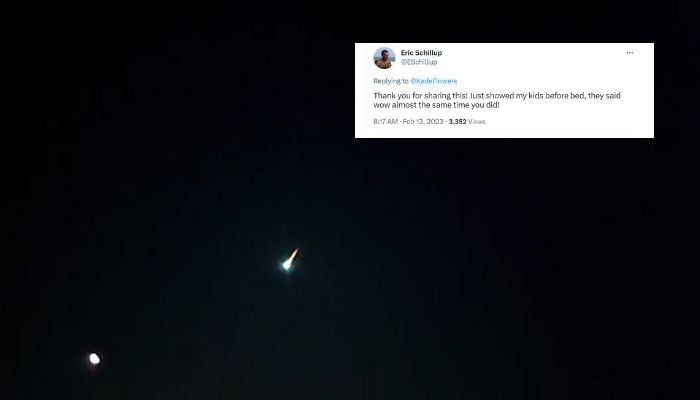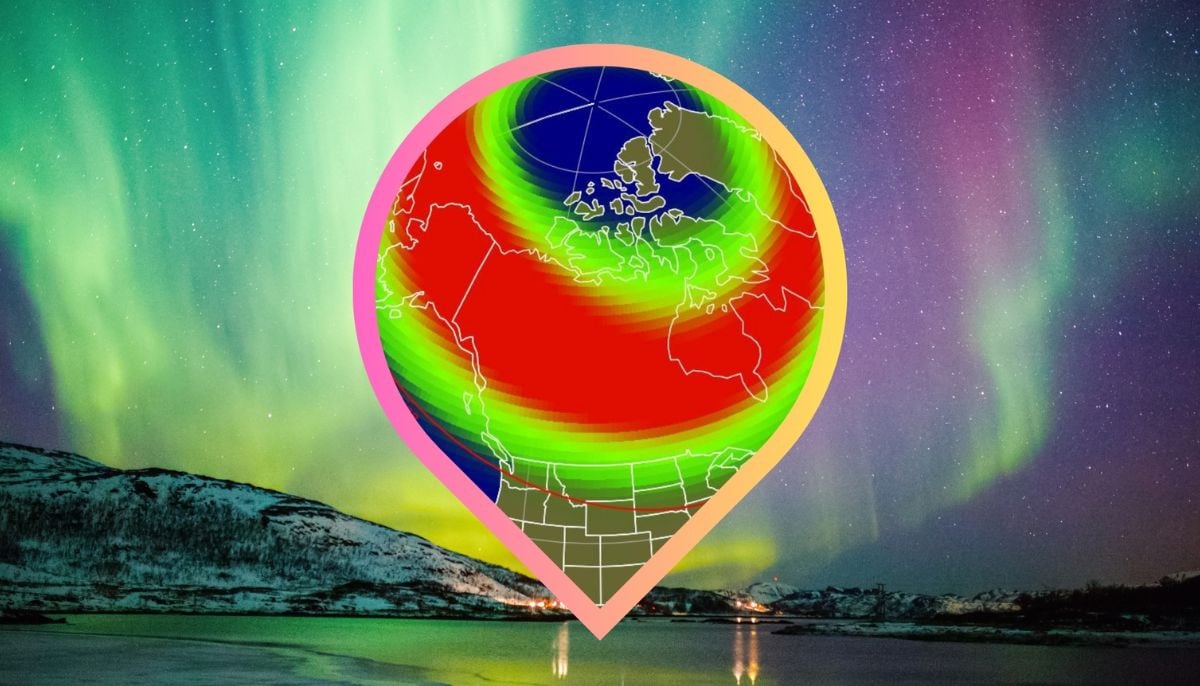VIDEO: Moment when asteroid turned to fireball hours after being spotted
Asteroid was first spotted by Krisztián Sárneczky at Piszkéstető Observatory, who also made a similar discovery of asteroid 2022 EB5 last year
An observatory in Hungary found an asteroid on Sunday evening that was officially known as 2023 CX1 and that, seven hours later, could be seen burning up as a brilliant fireball over the English Channel in front of a potential audience of millions. During its approach to Earth, the asteroid also went by the temporary name Sar2667.
According to the European Space Agency (ESA), this is only the seventh occasion in history that a meteoroid has actually been observed in space before it entered the atmosphere. The achievement is all the more remarkable given the mini bolide's diminutive size, which was only one metre wide at the time of discovery.
It was first spotted by Krisztián Sárneczky at the Piszkéstető Observatory, who also made a similar discovery of asteroid 2022 EB5 last year.
Due to its small size, it nearly guarantees that no one on the ground will be seriously harmed by it because all but the smallest pieces will have burned up long before they reach the surface.
Observatories all over the world sprang into action in the seven hours between Sárneczky's first discovery and impact, seeking to catch sight of the impending impactor. A second observation made only 40 minutes later proved the finding wasn't a false positive, and a number of further observations helped determine exactly when and where it would have an influence on the upper atmosphere: across the English Channel in the early morning.
The forecasts came true, and 2023 CX1 didn't let anyone down. It illuminated the dawn skies over France, Belgium, the Netherlands, the UK, and as far away as Germany.
"It is likely that some fragments of the meteoroid may have survived the atmospheric pass and fell somewhere onshore close to the coast north of Rouen, in Normandy, France," the ESA wrote in a statement Monday.
It's becoming obvious that detecting and tracking small asteroids and other near-Earth objects, particularly when they're heading straight for our planet, is entering a new era. In November, scientists observed one that was even smaller than 2023 CX1 over the Great Lakes just hours before it made an impact.
Being able to detect even the smallest oncoming piece of cosmic debris is a very recently developed ability for humans. The other handful of impending impactors were discovered in 2019, 2018, 2014, and 2008.
The ESA attributes the increase in findings to new sky-scanning observatories like the Meerkat facility in South Africa and other observers of the near-Earth environment.
It equates to an improved alarm system for night sky observers who are no longer dependent on complete randomness to spot a stray fireball in the night sky, which adds to our trust in our planetary security capabilities.
-
Elon Musk’s Starlink rival Eutelsat partners with MaiaSpace for satellite launches
-
Blue Moon 2026: Everything you need to know
-
Scientists unravel mystery of James Webb’s ‘little red dots’ in deep space
-
ISS crew of four completes medical evacuation with safe splashdown off California
-
Annular solar eclipse 2026: Here's everything to know about the ‘ring of fire’
-
World’s first ice archive created to preserve fast-melting glaciers’ secrets
-
NASA, DOE to develop Nuclear Reactor on the Moon by 2030
-
Aurora alert: Northern lights visible tonight at high latitudes












